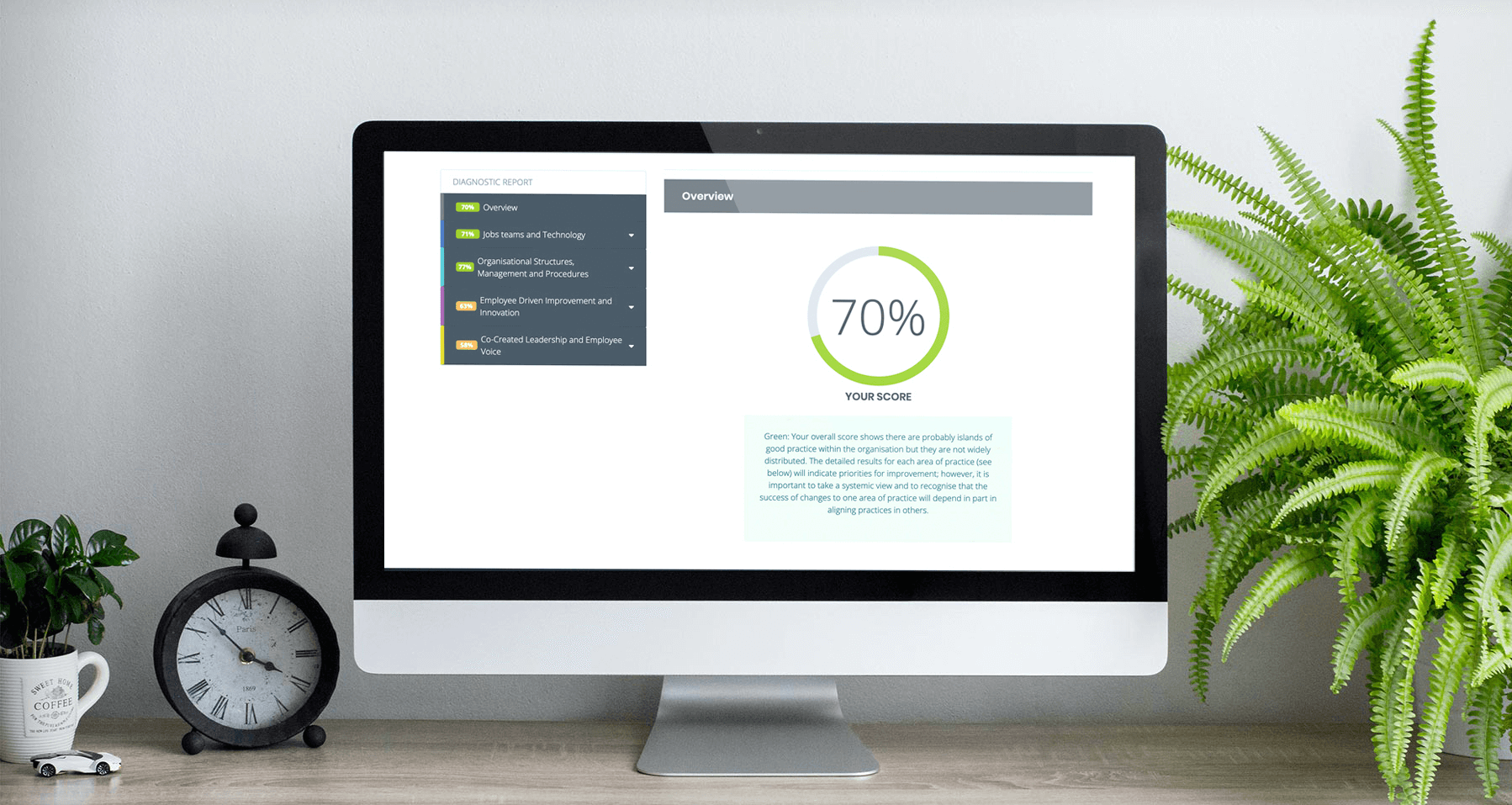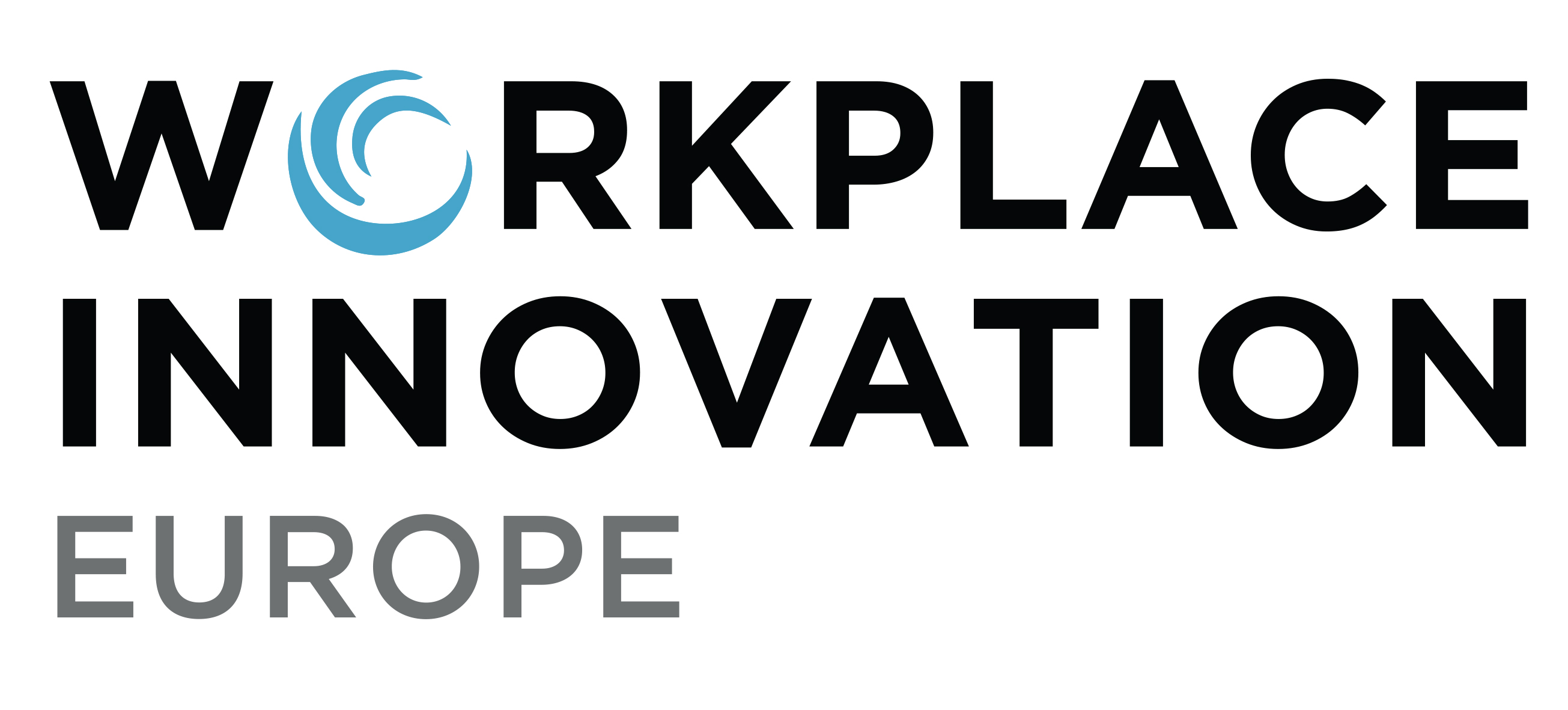Reconnect with your workforce
How business leaders are managing uncertainty

Peter Totterdill
Workplace Innovation Europe CLG
At the beginning of the lockdown, we were delighted when the MD of a company we know well suggested bringing a small group of business leaders together to share ideas, problems and successes as they progress through the pandemic.
One of the most important and interesting things that we as a not-for-profit organisation do is bringing unusual combinations of people together and start conversations. At the outset we often don’t know where those conversations will take us, but almost invariably they lead to fresh insights and a great deal of peer-to-peer exchange of knowledge and experience.
Our new leadership group is no exception. It has met several times now via Zoom and, even though participants come from very different types of company, there have been continuous exchanges of fresh thinking and innovative practice.
One thing that unites everyone irrespective of size of company, sector or nationality is that this is a time for engaging workforces in rethinking work and the very nature of the organisation itself.
“Zoom kills creativity”
Many leaders in our group report that working from home has actually increased the productivity of their office-based staff. These are companies in which workplace innovation practices such as self-managed teamworking, strong two-way communication and employee voice were well-embedded before lockdown, though have evolved to meet the changed circumstances imposed by remote working. Devolved decision-making, one-to-one or team coaching sessions and other interactions have been translated into video format, albeit with some degree of experimentation to see what works best. One frequent comment is that “meetings are so much more efficient now – we just deal with the matters in hand and it takes half the time”.
This, of course, is exactly where problems can begin. One contracting company has always aimed to win tenders by offering clients more innovative or creative approaches rather than competing on price and quality alone. Pre-lockdown this worked well – time and opportunity were always available for informal and impromptu chats that might lead to a chance insights and fresh ideas. Yet efficiently-run Zoom meetings are scarcely conducive to the generation of creative insights – and this company can’t wait to get people back into the office.
Of course manufacturing companies face different challenges. For BM Silo, an agricultural machinery producer based in Denmark, COVID-19 is “the crisis they’d been waiting for”. For more than ten years, the company has been organised on self-managed teamwork principles with a very flat structure. At the beginning of the lockdown, the empowered shopfloor workers reorganised production in ways that created appropriate physical distancing whilst maintaining team communication. Free from responsibility for day-to-day shopfloor management, senior team members were able to focus on strengthening and renewing relationships with customers throughout the lockdown, resulting in a growth of sales against the trend in the sector as a whole. We plan to publish a more detailed case study of BM Silo soon.
Coming back to work
There is wide agreement that the post-lockdown workplace will be very different, yet the direction of change is still unclear.
Here are some emerging strands of thought:
We don’t need an office anymore. One medium-sized professional services company is abandoning its expensive city centre office because its people have been working very productively and happily at home since lockdown. However it does recognise the importance of creating new forms of interaction, both to maintain creativity and to reduce the mental health risks associated with isolation. Regular in person events will take place in hired venues for teambuilding, productive reflection and innovation, and for purely social purposes, as well as experimenting with more creative ways of using video and social media.
We need a different kind of office. Working from home, for at least for part of the time, is likely to remain a normal part of life after the pandemic. Yet a dynamic company needs to be more that just the sum of individual employees working in isolation. In a world where refining and reinventing products and services on an almost continuous basis is imperative, interaction focused on learning, reflecting and innovating together must grow rather than diminish.
The traditional office wasn’t particularly conducive to such interaction – rows of desks and partitions separating people based on their functions is unlikely to nurture a pervasive culture of innovation. Most meeting rooms aren’t designed to stimulate creativity and are often at a premium anyway, so conversation is frequently limited to tight spaces around the coffee machine (if there is one) or the loo.
So imagine an office built around the interaction and creativity that can’t easily be achieved by working in isolation at home. Such interactive workplaces are the antithesis of the traditional office designed around rows of people bent over screens, all undertaking tasks which could accomplished almost anywhere. We’re already beginning to see these new workspaces emerge in organisations such as LinkedIn, where “chance encounters are key to the [company’s] ethos”, creating a wider sense of community as well as frequent opportunities for serendipitous idea generation..
We need to reconnect with our people. What are your people thinking and feeling about returning to work after the lockdown?
Our leadership group members are certainly aware of varied reactions to returning to work amongst their staff. Many employees have benefitted enormously from working at home, avoiding the stress of daily commuting and enjoying the trust that remote working bestows on them. Surveys show that a majority would wish to continue to work from home, at least on a part-time basis. Others experience isolation, missing the interaction and sense of a workplace community, for which video meetings are a poor substitute.
Above all, the crisis has revealed both the strengths and the weaknesses of work organisation and management practices in every type of company. Where employee involvement and participation were previously strong, these practices have adapted to the changed circumstances in ways that maintain engagement and performance. Where they were weak, fault lines have become more pronounced with adverse consequences for employee motivation, wellbeing and business competitiveness.
Now is certainly the time to take stock. Engineering services provider Booth Welsh has used the Workplace Innovation Diagnostic® during the lockdown to test employees’ actual experiences of work against the company’s ambition to create an enterprising, innovation-focused culture. The Diagnostic has been a powerful tool in shaping the company’s workplace innovation journey during the last three years, and is now helping to engage the workforce in positioning the company for the future. Download a short case study here.
Why use the Workplace Innovation Diagnostic®?
Organisations ranging from international financial services and manufacturing companies to NHS Trusts and SMEs have used the Diagnostic both to kickstart and to direct their journeys towards higher performance, enhanced capacity for innovation and better working lives. Unlike traditional engagement surveys with their generalised, hard-to-action findings, the Workplace Innovation Diagnostic® is practically focused, directing change leaders towards specific workplace practices that can be improved or redesigned at team, departmental and organisational levels.
Discover more about the Workplace Innovation Diagnostic®

What are your experiences of the issues discussed in this article? Contact us to share your story.
